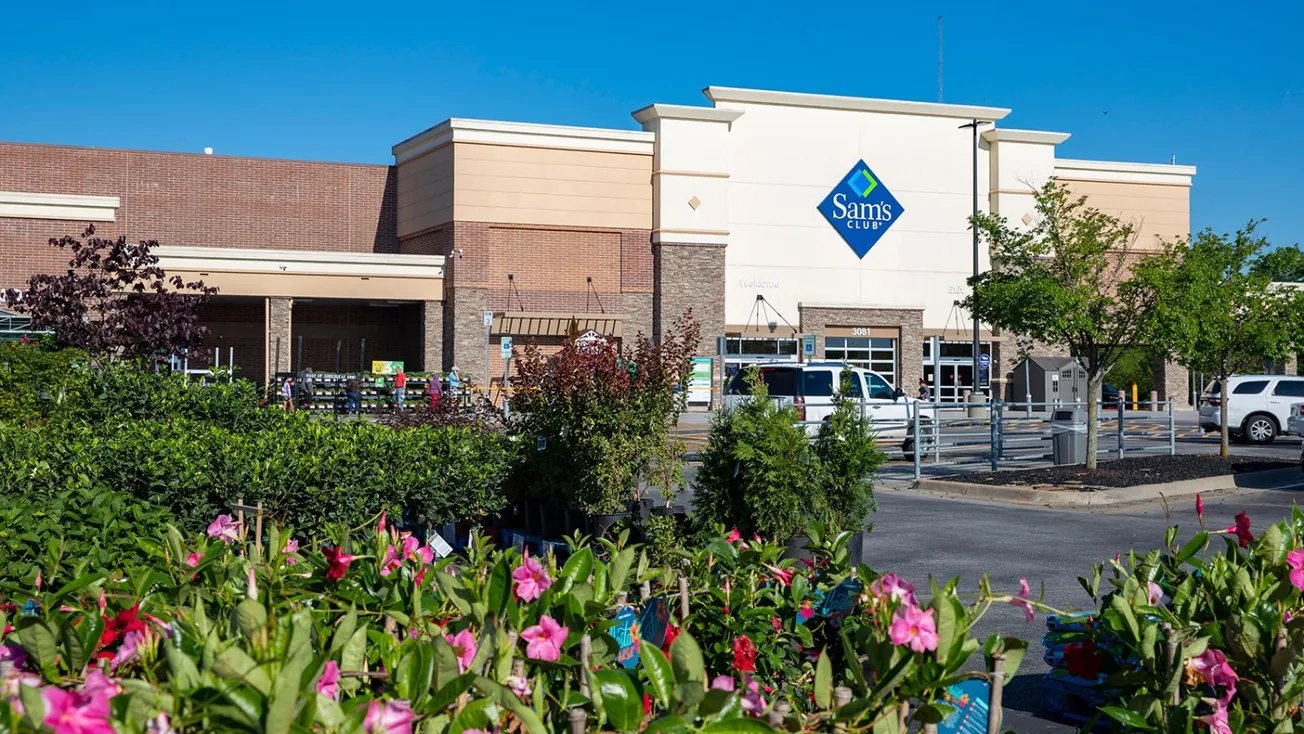BENTONVILLE, Ark. — Sam’s Club, the warehouse retail chain owned by Walmart, is accelerating its expansion strategy, announcing plans to open approximately 15 new locations each year and remodel all of its nearly 600 existing clubs across the U.S., CEO Chris Nicholas revealed during Walmart’s recent investor day.
The move marks a significant ramp-up from previous expansion goals and is aimed at doubling membership over the next 8–10 years. The new stores will mirror the chain’s “store of the future” concept, first introduced in Grapevine, Texas — a fully digital club with no traditional checkout lanes, displays of online-only items, and a greater focus on e-commerce fulfillment. All clubs now also feature AI-powered exit technology.
Despite broader economic uncertainty fueled by inflation and tariff-related concerns under President Trump’s current administration, Nicholas expressed confidence in the warehouse club model. “In times of plenty, we do well. But in tough times, we do really well,” he said in an interview with CNBC.
Sam’s Club’s expansion comes amid a broader boom in warehouse retail. Rivals Costco and BJ’s Wholesale Club are also expanding across the U.S. Sam’s Club, which saw a 5.9% increase in comparable sales and a 24% jump in e-commerce sales last fiscal year, aims to sustain its momentum with this ambitious growth plan.
On Wednesday, CNBC reported that new Sam’s Club locations have launched in Grapevine, Texas; Tempe, Arizona; and Lebanon, Tennessee. Construction on at least seven additional clubs is expected to begin this fiscal year.
While the company declined to disclose the total investment for the renovations and new store openings, Walmart has committed up to $23.6 billion in capital expenditures this fiscal year, spanning technology upgrades, remodels, and supply chain enhancements.







